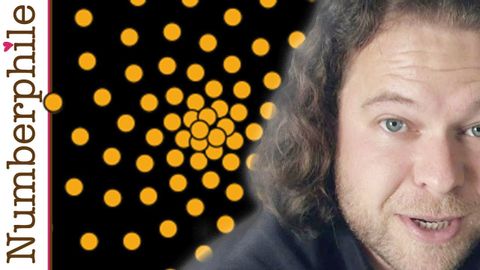黄金比(なぜ不合理なのか) - Numberphile (The Golden Ratio (why it is so irrational) - Numberphile)
林宜悉 が 2021 年 01 月 14 日 に投稿  この条件に一致する単語はありません
この条件に一致する単語はありませんUS /ˈɑbviəs/
・
UK /ˈɒbviəs/
US /'kaɪndə/
・
UK /'kaɪndə/
- n.〜のような
- adv.少し : ちょっと;一種の : ある意味で;~たい気がする
US /ˈbrɪljənt/
・
UK /'brɪlɪənt/
- adj.才気ある;素晴らしい;輝かしい
- n.ブリリアントカットの宝石
US /fəˈmɪljɚ/
・
UK /fəˈmɪliə(r)/
- adj.よく知られた;精通;親しげな
- n.親友;使い魔
エネルギーを使用
すべての単語を解除
発音・解説・フィルター機能を解除

